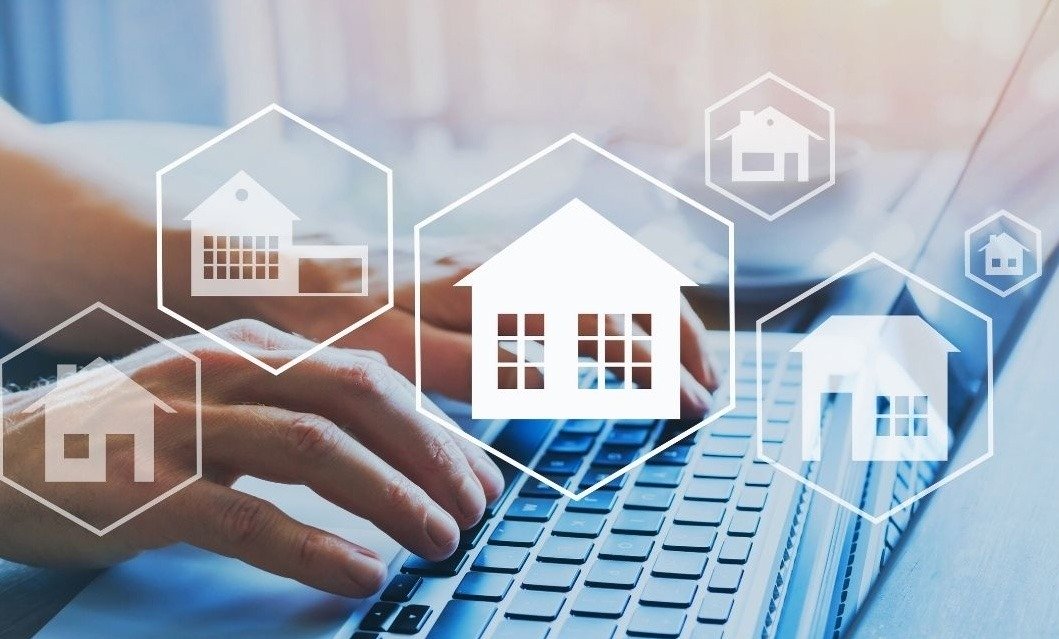In our ever-changing world, consumers expect a lot more from their customer...
Read more
 Published on 15th June 2017 by Gemma Harding
Published on 15th June 2017 by Gemma Harding
Effective communication is the backbone of successful property management, especially when dealing with a large property portfolio communication.
Managing multiple properties involves many stakeholders, including tenants, maintenance teams, and contractors, making consistent and clear communication needed.
This article outlines practical steps and strategies for communication efficiency across extensive property portfolios, allowing for smooth operations and satisfied stakeholders along with excellent real estate customer service.

Effective communication in large property portfolios begins with identifying the specific needs and challenges.
Property customer service managers must recognise the diverse requirements of different stakeholders, including tenants, maintenance staff, and external service providers.
Geographic spread and operational diversity can create barriers to consistent communication, leading to inefficiencies and misunderstandings.
Stakeholder mapping is essential to tailor communication efforts effectively. By understanding who needs to be informed, when, and how, property managers can avoid communication breakdowns.
Poor communication can lead to delays in maintenance, dissatisfaction among tenants, and overall inefficiency in property management.
Addressing these challenges head-on is the first step towards a robust communication strategy.
For instance, implementing customer service outsourcing can significantly simplify communication efforts, and that queries and issues are handled promptly and professionally.
A thorough assessment of current communication systems and infrastructure is required.
Property managers should evaluate the effectiveness of existing tools and identify any gaps.
This process often involves a technological audit to determine which areas need improvement.
A centralised communication infrastructure can be highly beneficial.
By consolidating various communication channels into one cohesive system, property managers can make sure that information flows smoothly between all parties involved.
This approach not only improves efficiency but also transparency and accountability.
Case studies have shown that upgrading communication systems can lead to significant improvements.
For example, properties that integrated modern communication platforms reported faster response times and higher tenant satisfaction.
Developing a comprehensive communication strategy is essential for managing a large property portfolio.
This strategy should include clear goals aligned with overall business objectives.
Effective communication must be integrated across different levels and departments, and everyone is on the same page.
Leadership plays a crucial role in fostering a culture of open communication.
By setting the tone at the top, leaders can encourage transparency and collaboration throughout the organisation.
Regular meetings, feedback sessions, and open forums can help maintain this culture.

Modern tools and technologies can significantly improve communication in property management.
From property management software to tenant portals and automated notification systems, there are numerous options available.
Choosing the right tools depends on the specific communication needs of the portfolio.
For example, properties with a high number of tenants might benefit from automated messaging systems, while those with complex maintenance requirements could use advanced project management software.
Automation and AI play a pivotal role in improving communication efficiency.
Automated reminders, chatbots, and AI-driven analytics can help property managers stay on top of tasks and respond to issues promptly.
When implementing new technologies, it’s crucial to follow a structured approach.
Start with a pilot program, gather feedback, and make necessary adjustments before full-scale deployment, for example with any integration of live chat outsourcing, so that you know your system works and can provide immediate support to tenants, and improve overall satisfaction.
Continuous testing and optimisation of communication channels are for maintaining their effectiveness.
Regularly soliciting feedback from stakeholders can provide valuable insights into what’s working and what needs improvement.
Measuring the impact of communication efforts involves tracking key metrics such as response times, resolution rates, and stakeholder satisfaction.
Data-driven decision-making allows property managers to refine their strategies and optimise communication channels for better performance.
Examples of successful communication channel optimisation include using data analytics to identify peak times for tenant inquiries and adjusting staffing accordingly or implementing targeted communication campaigns based on tenant demographics and preferences.
Clear communication protocols and guidelines are essential for consistency.
These protocols should outline how different types of information are communicated, who is responsible, and the expected timelines.
Training staff on communication standards and expectations is equally important. Regular training sessions help everyone understand the protocols and follow them effectively.
Additionally, regular updates and meetings can help maintain clarity and address any emerging issues promptly.
Handling communication failures and crises requires a proactive approach.
Establishing a crisis communication plan makes sure that property managers can respond quickly and effectively to any unexpected events, minimising disruption and maintaining stakeholder trust.
By managing communication across a large property portfolio is a complex but essential task.
By understanding communication needs and challenges, assessing current systems, developing an integrated strategy, implementing modern tools, continuously testing and optimising channels, and establishing clear protocols, property managers can improve their operations.
Adopting these strategies not only improves efficiency but also gives you higher satisfaction among tenants and other stakeholders.
For those seeking further assistance, professional services are available to help implement these strategies effectively. Feel free to contact us for more information and support.
Effective communication is an evolving field, and staying updated with the latest technologies and practices will keep property managers ahead of the curve, making for smooth and successful property management in the long run.